1 Teaser Shots of our SLS Prints
We're aiming to have a new headset available for testing within a few weeks, and will have more info in our next update about this. In the meantime, here are some teaser shots of our new chassis parts we discussed in our last update, which we recently SLS printed for test fitting purposes:
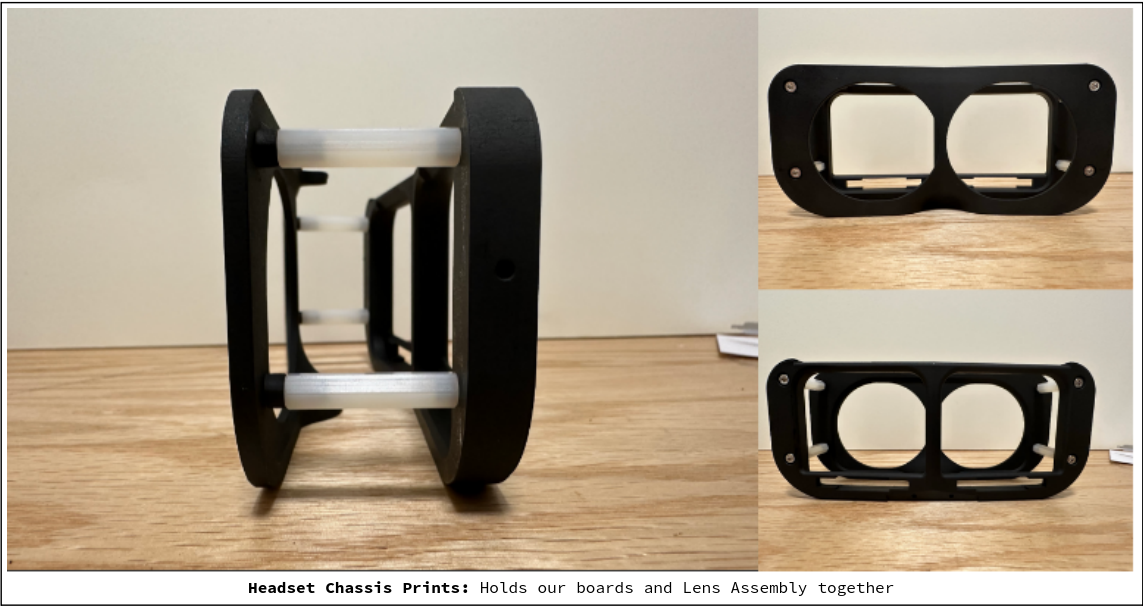
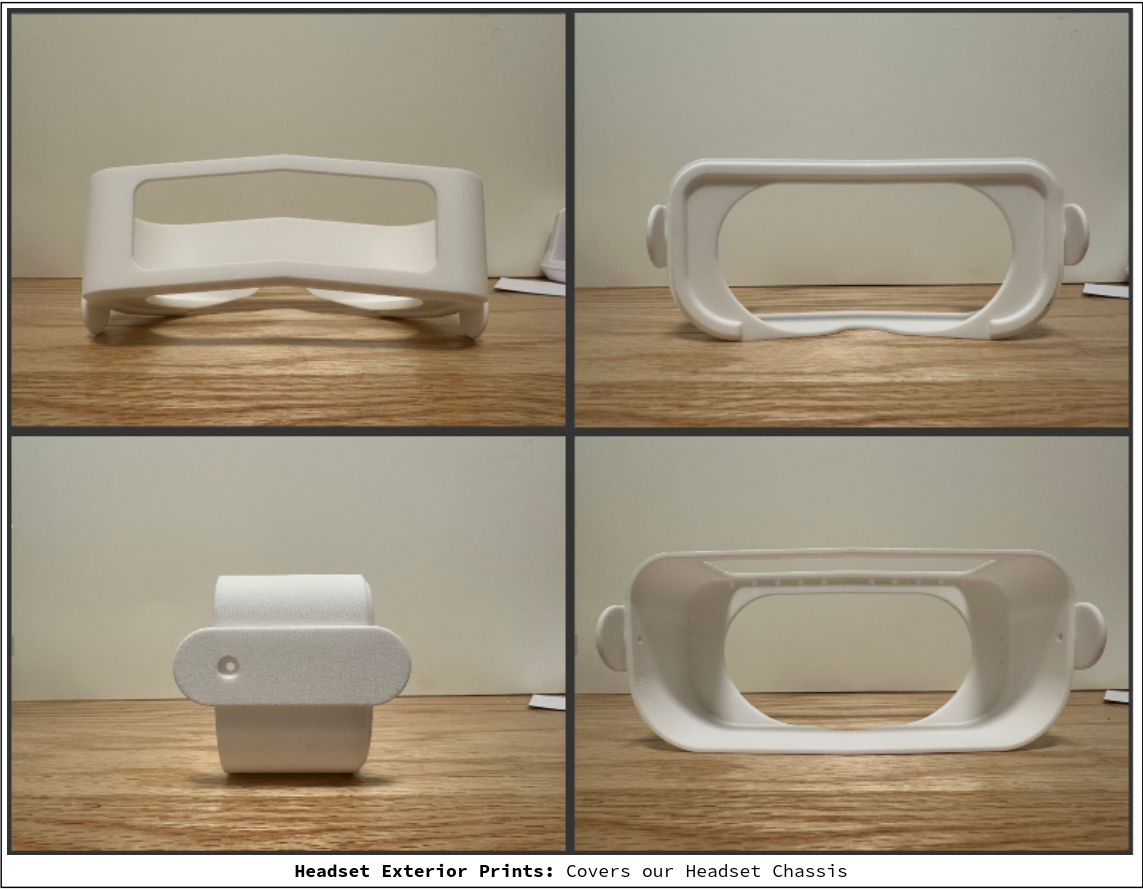
Due to a miscommunication, 3 pieces of our lens assembly came out in aluminum (though their fit still appears to be pretty good):
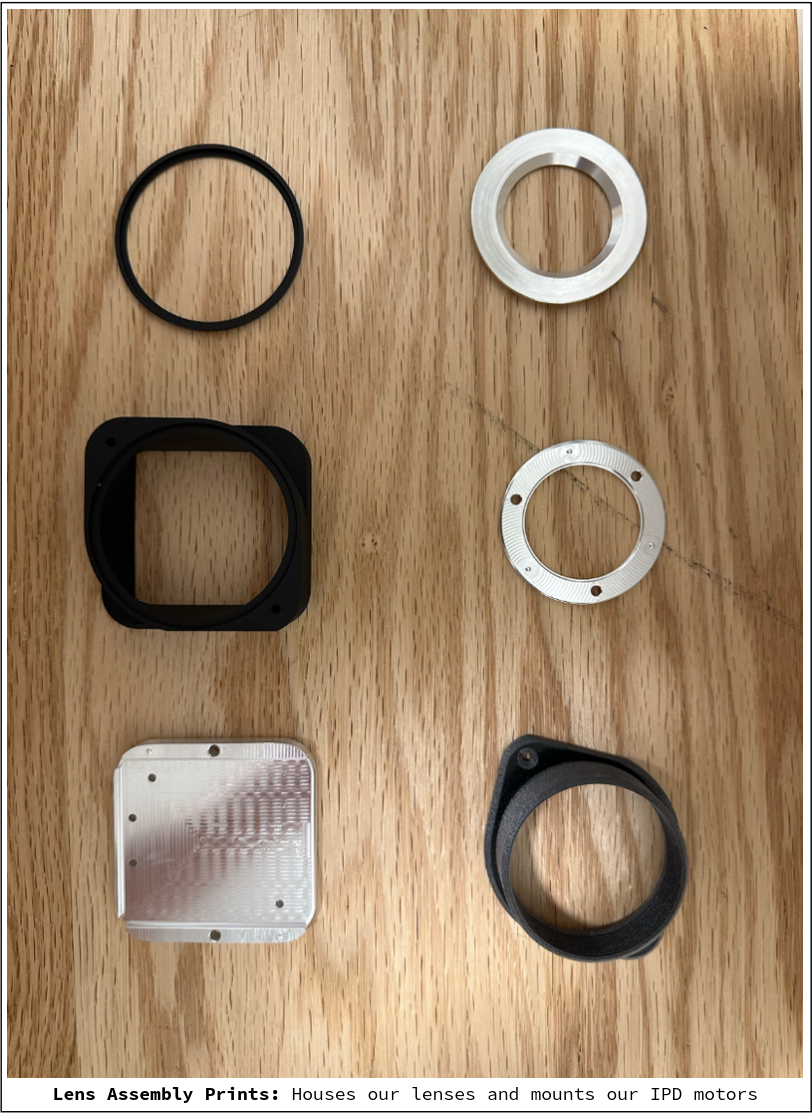
2 Anton Bukov Investment
We recently received a $250,000 investment from Anton Bukov[1], a Simula One preorderer and founder of the 1inch Network. (Yes, this is our second investment from a high-profile person in the crypto community; but don't worry though, we're not about to unveil a Simula Coin or some new blockchain project :))
Though Anton has made lots of investments in crypto and DeFi spaces, we're only his second VR investment, which we take as a pretty large vote a confidence. All in all, we're super happy to receive his support!
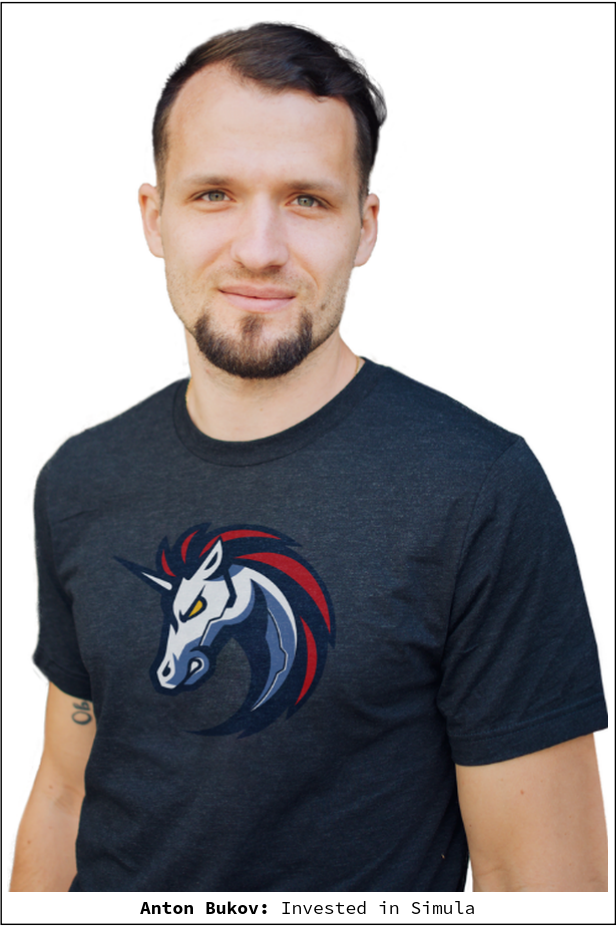
[1] For more background on Anton: he helped found the 1inch Network, which is a DeFi platform that enables crypto users to exchange tokens across multiple liquidity sources within a single atomic transaction in a permissionless and decentralized manner. Before 1inch, crypto users had two main methods for exchanging tokens: (i) through a centralized exchange (like Coinbase) or (ii) through a Decentralized Exchange (or "DEX"). 1inch introduced a third option: exchanging assets across multiple DEXes and via different intermediary assets to achieve optimal value flow and maximize the exchange rate. Five years after its inception, 1inch's algorithm, called Pathfinder, aggregates hundreds of protocols with tens of thousands of pools on multiple chains. Today, 1inch is a leading DeFi project empowering Web3 users with several revolutionary blockchain protocols and products such as an aggregator, wallet, developer portal, limit orders, and many more. If you're interested in learning more about Anton or 1inch, check out this page.
3 Updated Capital Model
Our updated capital situation is now as follows.
3.1 Total Cash Involvement to Date
| Amount | |
|---|---|
| Starting Capital (2021-2022): | $285K |
| Preorders (2022-2024): | $340K |
| Recent Investment | $1.0M |
| Total Cash Involvement: | $1.63M |
3.2 Remaining Project Costs
In terms of our remaining project costs, recall that our expenses can be broken down into the following 3 categories (with each category including a 10% buffer):
- Variable costs (components). Principle components include raw materials, displays, lenses, NUC compute units, carrier boards, batteries, and cameras. Also included are things like fasteners, screws, and springs.
- Labor costs (annually recurring). Includes salaries for our existing 3-person team, assembly labor (which scales with batch size), and money to hire additional engineers (also scales with batch size). We also include a small allocation towards legal and accounting expenses.
- NRE costs (capital expenditures). Includes CNC, injection mold tools, assembly line setup (fixtures, applicators, fastening tools, etc), and lens tooling. A few of our suppliers also pass on some of their own NRE to us. We also include an allocation for regulatory compliance & testing.
With that in mind, our remaining costs range from ~$343 to $1M, depending upon our batch size target and runway length:
| Units | 125 (1 Year of Runway) | 250 (1 Year of Runway) | 250 (1.5 Years of Runway) | 250 (2 Years of Runway) |
|---|---|---|---|---|
| Variable Costs (Components) | $418,783.55 | $720,732.10 | $720,732.10 | $720,732.10 |
| Fixed Costs (Annually Recurring) | $405,240.00 | $405,240.00 | $607,860.00 | $810,480.00 |
| NRE Costs (Capital Expenditures) | $353,480.00 | $348,328.00 | $348,328.00 | $348,328.00 |
| Total Costs Remaining | $1,177,503.55 | $1,474,300.10 | $1,676,920.10 | $1,879,540.10 |
| ↓ | ↓ | ↓ | ↓ | |
| Remaining Funds Required | $343,447.85 | $640,244.40 | $842,864.40 | $1,045,484.40 |
4 Seeking Investment
We're still seeking investors -- both institutional and angels -- who align with our VR computing vision. Interested parties (accredited investors) should reach out to me at georges@simulavr.com.
4.1 Simula's Mission: VR which affirmatively replaces your laptop
We only care about one thing: using VR to make a more productive computing device.
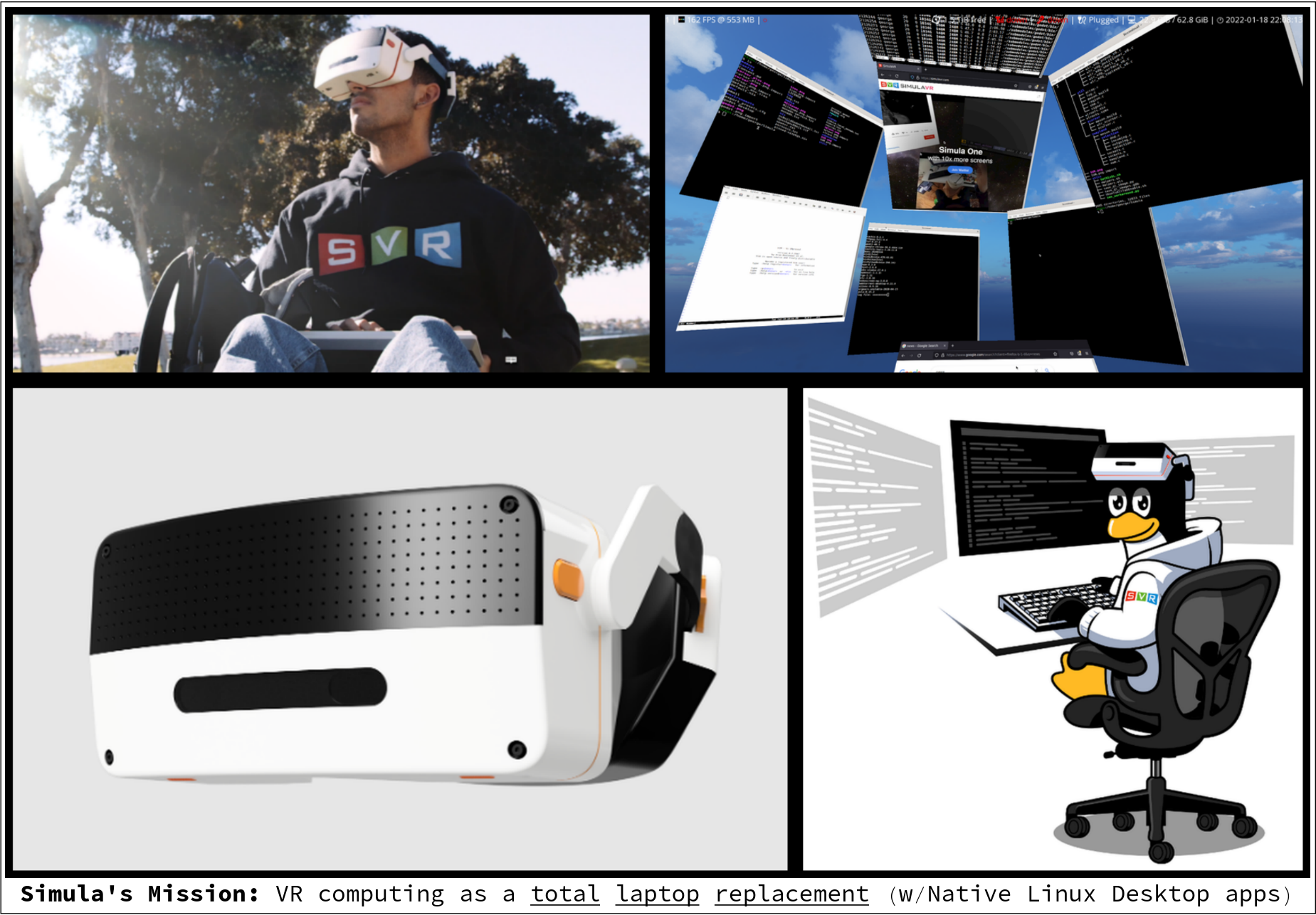
Simula's thesis: While most people have thought the future of VR/AR has been primarily in games & entertainment, the truth is that VR offers a superior way for performing knowledge work: more screens, bigger screens, improved immersion, improved focus, more privacy, and fully portable freedom of movement. In VR you can sit up, lean back, walk or even lay down while you compute…all in a compact form factor that saves on desk space. We believe that in the coming years, nearly every office worker in the developed world will be using VR to perform their creative and professional office work. We want to help make this future happen by building the first viable VR computing device, built over Linux Desktop.

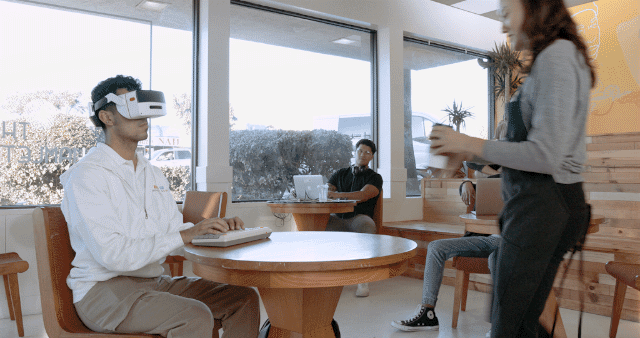
With the recent release of Apple's headset, the age of ubiquitous VR computing is now closer than ever. Yet despite it being more than 10 years since the release of the original Oculus, people still cannot use any VR headset to realistically replace their laptop (unfortunately, not even with the Vision Pro). Overall, we want to give people an alternative to Meta and Apple's constrained devices: one that is based on Linux Desktop (preferred by software developers) instead of the Android/iOS ecosystems existing headsets are built over, and one which is focused on productive desktop computing over casual gaming, social networking, or the passive consumption of entertainment.
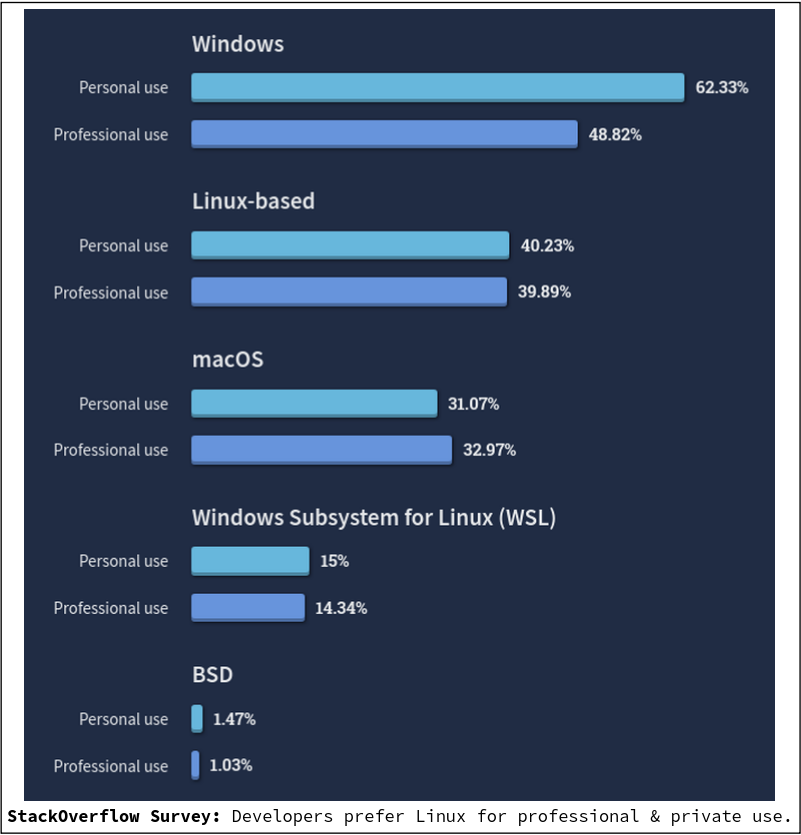
The Simula One is our first iteration towards this goal. Its selling points include:
-
Native VR computing (not WiFi streaming). No latency or bandwidth limitations to deal with from tethering to another host.
-
Insanely good text clarity. Excellent 35.5 PPD pixel density (e.g., 56% higher than the Quest Pro, 42% higher than the Quest 3, & 220% higher than the Valve Index). This is extremely important for facilitating multi-hour VR sessions without eye fatigue.
-
100% office app coverage (via Linux Desktop). Any app that runs on a premium Linux laptop runs on our headset. Your native apps are not limited to Android or iOS platforms.
-
Laptop level compute specs. Includes specs comparable to premium office laptops (i7 13th gen processor, x86 architecture, up to 32GB of RAM).
-
AR Mode for touch typing. High-resolution passthrough cameras allow you to see your environment and keyboard while you compute.
-
Proper hackability. Simula is built over FOSS, and isn't tethered to Meta, Apple, or other platforms. If there's something about our headset you want to change or tweak, you're free to do so.

If you find our VR computing vision compelling, and are in a position to help us in the form of investment, let us know! Interested parties (accredited investors) should reach out to me at georges@simulavr.com.